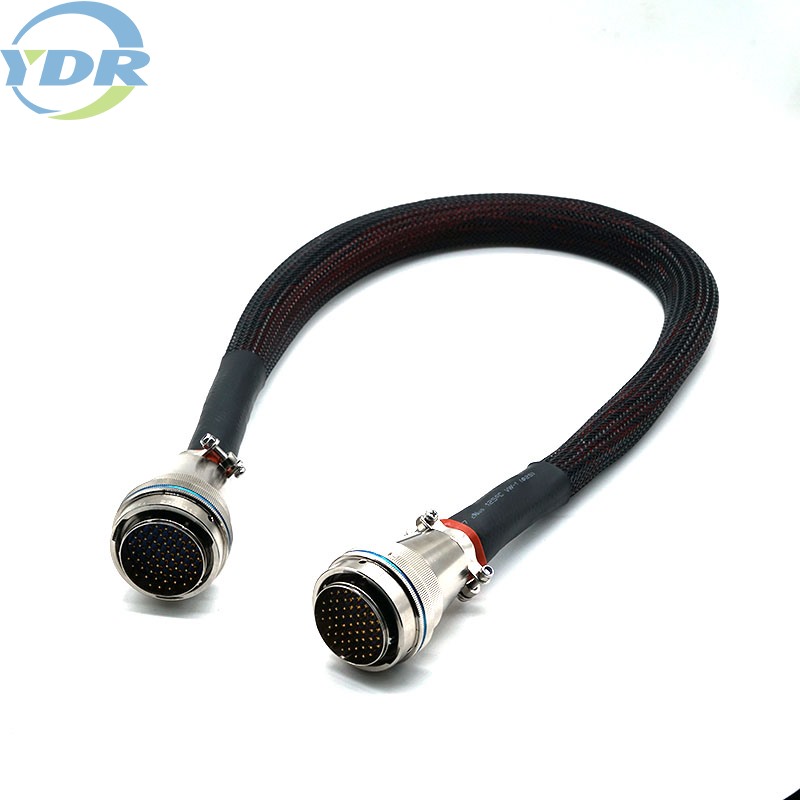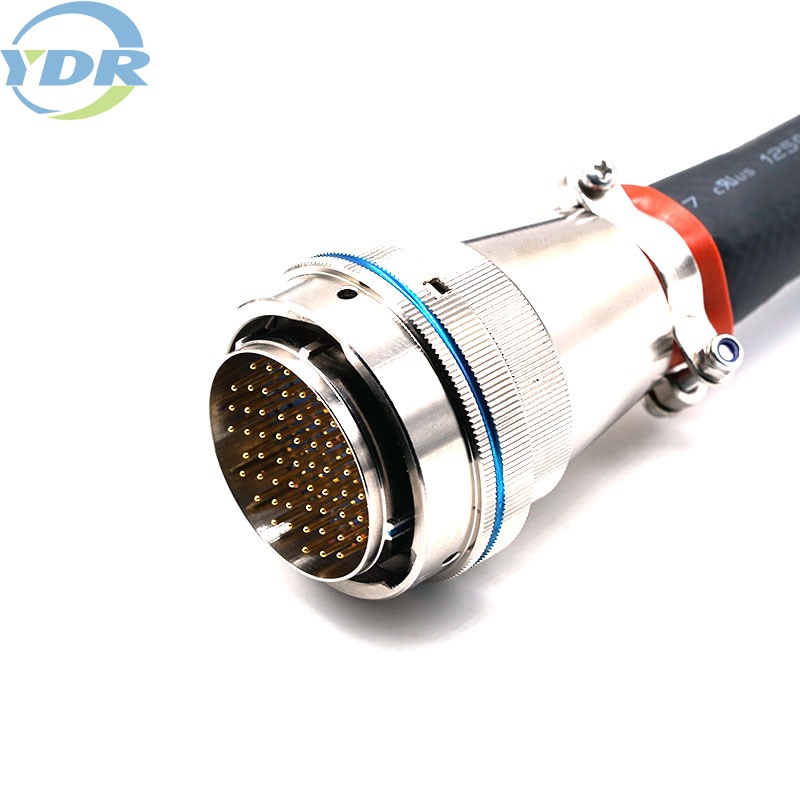A wire connector, also known as a wire nut or twist-on connector, is a device used to join or terminate the ends of electrical wires. The basic design of a wire connector consists of several key parts. While different manufacturers may have variations, the following are the typical components of a wire connector:

The outer shell of the wire connector is usually threaded to allow it to be twisted onto the stripped ends of the wires. This threaded design helps secure the wires and create a stable connection.
Metal Insert (Spring or Coil):
Inside the threaded shell, there is a metal insert, which is often in the form of a coiled spring or other conductor. This metal component helps create electrical continuity between the joined wires.
The inner portion of the wire connector is typically made of insulating material. This material helps prevent contact between the metal insert and the outer shell, ensuring electrical insulation and safety.

Some wire connectors have twist wings or ribs on the outer surface of the shell. These features make it easier for users to grip and twist the connector onto the wires without the need for additional tools.
Many wire connectors are color-coded based on their size or intended use. Color-coding helps users select the appropriate connector for a specific wire gauge and ensures proper matching during installations.
Some wire connectors have markings or indicators that specify the maximum wire gauge they can accommodate. This information is crucial for ensuring a secure and safe connection.
When using wire connectors, it's important to follow the manufacturer's guidelines, including selecting the right size of connector for the wire gauge, properly stripping the wire ends, and ensuring a tight and secure connection. Additionally, local electrical codes and regulations should be followed to ensure safety and compliance with standards.


